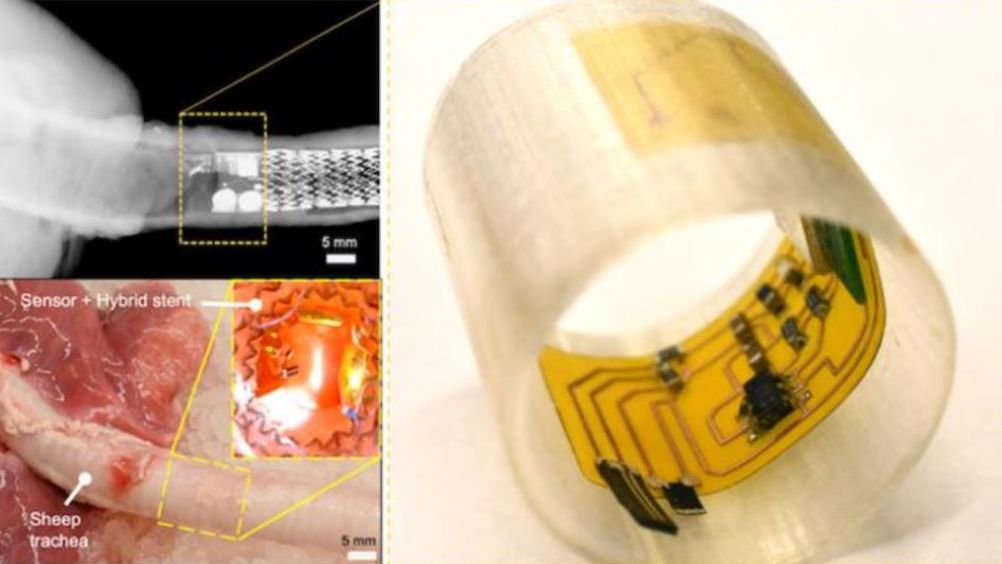Artificial cilia monitors mucus in human airways
Researchers have developed an artificial cilia capable of monitoring mucus conditions in human airways to better detect infection, airway obstruction, or the severity of diseases like cystic fibrosis.

The team at Vanderbilt University in Nashville, Tennessee was led by Xiaoguang Dong, assistant professor of mechanical engineering and their work is detailed in PNAS.
In their paper, the researchers noted that continuously monitoring human airway conditions is crucial for timely interventions, especially when airway stents are implanted to alleviate central airway obstruction in lung cancer and other diseases.
Mucus conditions offer important biomarkers for indicating inflammation and stent patency but remain challenging to monitor. Current methods rely on computational tomography imaging and bronchoscope inspection but pose risks due to radiation and lack the ability to provide continuous real-time feedback outside of hospitals.
Mimicking the sensing ability of biological cilia, Dong and his team developed novel technology for detecting mucus conditions, including viscosity and layer thickness, which are important biomarkers for disease severity.
MORE FROM MEDICAL & HEALTHCARE
“The sensing mechanism for mucus viscosity leverages external magnetic fields to actuate a magnetic artificial cilium and sense its shape using a flexible strain-gauge,” the Vanderbilt researchers wrote. “Additionally, we report an artificial cilium with capacitance sensing for mucus layer thickness, offering unique self-calibration, adjustable sensitivity, and range, all enabled by external magnetic fields generated by a wearable magnetic actuation system.”
Register now to continue reading
Thanks for visiting The Engineer. You’ve now reached your monthly limit of news stories. Register for free to unlock unlimited access to all of our news coverage, as well as premium content including opinion, in-depth features and special reports.
Benefits of registering
-
In-depth insights and coverage of key emerging trends
-
Unrestricted access to special reports throughout the year
-
Daily technology news delivered straight to your inbox










Water Sector Talent Exodus Could Cripple The Sector
Maybe if things are essential for the running of a country and we want to pay a fair price we should be running these utilities on a not for profit...